Dividing Japanese painted ferns?
disneynut1977 ~ Melissa
16 years ago
Related Stories
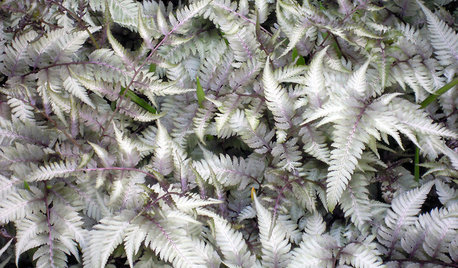
GARDENING GUIDESGreat Design Plant: Japanese Painted Fern Weaves a Garden Tapestry
Bring striking colors and texture to your woodland garden with Athyrium niponicum var. pictum
Full Story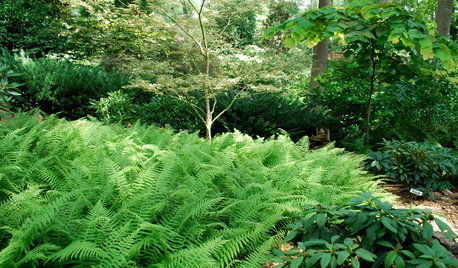
PLANTING IDEASFerns: A Shade Gardener’s Best Friend
Bring rich texture and contrast to a dark woodland landscape with wonderfully diverse ferns
Full Story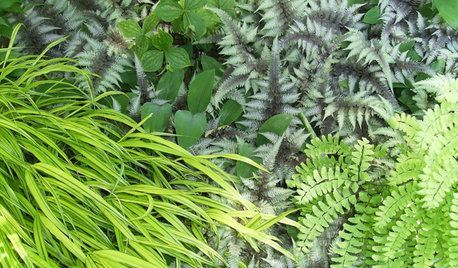
GARDENING GUIDES6 Fantastic Ferns to Enliven Shady Garden Spots
For long-term interest with little upkeep in challenging conditions, ferns might just be your garden's new best friend
Full Story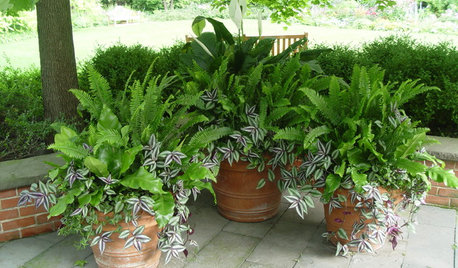
GARDENING GUIDES7 Fabulous Shade-Loving Ferns for Containers
Shade-loving ferns can add color and texture to your container designs
Full Story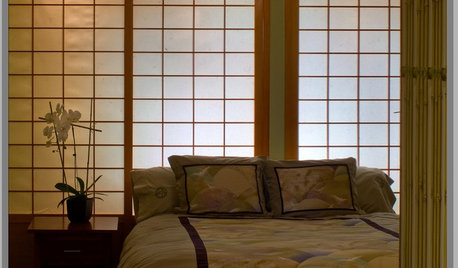
Design Solution: Japanese Shoji Screens
See How Light-Filled Shojis Create Serene Spaces for Modern Homes
Full Story
TREES11 Japanese Maples for Breathtaking Color and Form
With such a wide range to choose from, there’s a beautiful Japanese maple to suit almost any setting
Full Story
GROUND COVERSNative Alternatives to English Ivy, Japanese Pachysandra and Periwinkle
These shade-loving ground covers are good for the environment and say something about where you are
Full Story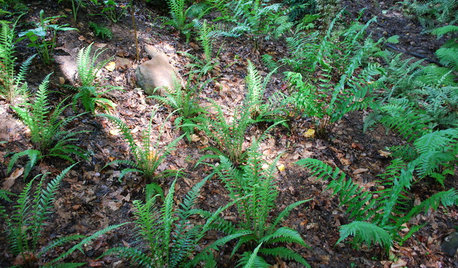
GARDENING GUIDESGreat Design Plant: Phegopteris Decursive-Pinnata
Consider Japanese beech fern for a spreading but noninvasive ground cover for shade
Full Story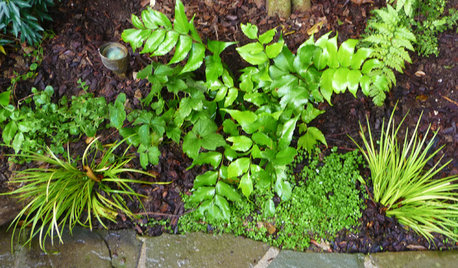
GARDENING GUIDESGreat Design Plant: Cyrtomium Falcatum ‘Rochfordianum’
Adding Japanese holly fern to your woodland garden is a great way to celebrate the holidays and create lasting memories
Full Story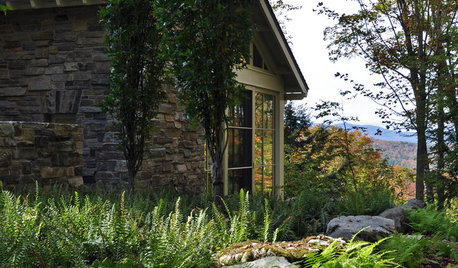
GARDENING GUIDESGreat Design Plant: Athyrium Filix-Femina
If you need a well-mannered plant that shines in the shade, lady fern is for you
Full Story





razorback33
disneynut1977 ~ MelissaOriginal Author
Related Professionals
Essex Landscape Architects & Landscape Designers · Kyle Landscape Architects & Landscape Designers · Willowick Landscape Architects & Landscape Designers · Bainbridge Island Landscape Contractors · Concord Landscape Contractors · Davis Landscape Contractors · Gainesville Landscape Contractors · Gallatin Landscape Contractors · Lehigh Acres Landscape Contractors · Ringwood Landscape Contractors · Rockville Landscape Contractors · Naples Roofing & Gutters · New Lenox Roofing & Gutters · Orlando Roofing & Gutters · Hyattsville Decks, Patios & Outdoor Enclosuresgeorgia-rose
waplummer
ziyouzizai